A Century of Continuum
From delivering correspondence courses by motorcycle to giving people who otherwise couldn’t afford it the chance to enroll in professional development opportunities, UW Continuum College has grown and evolved for more than 100 years, passing many milestones along the way. Explore Continuum’s decades of history and learn how we’ve become a bridge to education for our community.
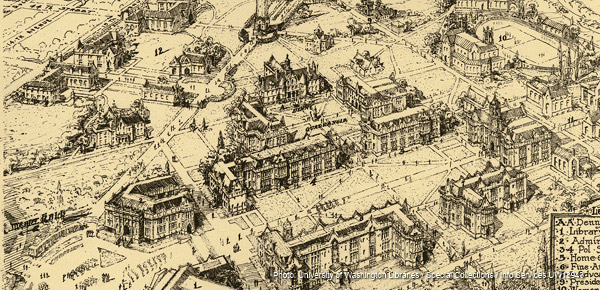
1910-1920
Progressive Democracy in Action
The year 1912 marked the formation of the University Extension, which evolved into what we know today as the University of Washington Continuum College. The college’s mission and vision reflected the sentiments of the Progressive Movement in America at the time: To make knowledge more accessible to citizens of the state and strengthen democracy by enabling people to analyze and express ideas in civic discourse.
Students could take courses in 22 subjects by mail or in-person during regular hours, evenings or Saturdays. Although only 48 students enrolled in the first three months, that number ballooned to 674 by 1917. Of the students enrolled, 286 had registered to take correspondence courses away from campus.
Later that year, the U.S. entered World War I, and the organization’s emphasis shifted to reflect the changes brought about by the war. Courses included an intensive evening course in military mathematics and correspondence courses in navigation.

1920-1930
Transitions in Tough Times
In 1921, the state legislature mandated the University Extension Services to operate as a financially self-sufficient unit. This mandate allowed Extension Services to become more flexible and responsive to the changing times and public needs. By the 1921 to 1922 school year, 1,057 students enrolled in 49 classes.
The winter quarter of 1923 introduced offerings, such as the classroom study of motor vehicles and a course in transportation covering Pacific Coast problems, which aligned with increased automobile use and related transportation issues.
In 1924, the courses cost $4 per credit hour and remained at that price for decades. In comparison, UW’s tuition for in-state students was $15 per quarter in 1921 ($50 per quarter for nonresidents). These tuition levels also remained unchanged for decades.
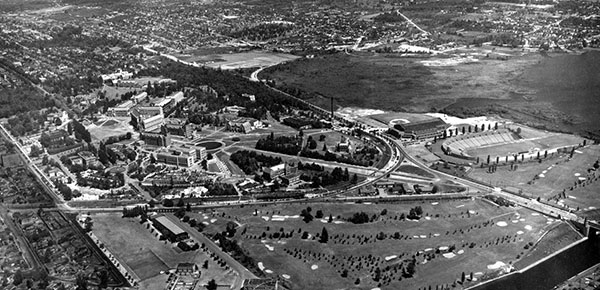
1930-1940
The Great Depression Looms
As the emphasis of the University Extension Services shifted toward providing educational opportunities for working adults, stories emerged about professionals taking on schoolwork to enhance their careers.
There was the story of a businessman with an eight-hour-a-day office job who enrolled in classes before work and had the energy to complete homework afterward. And there was the story of a young stenographer who decided to pursue more schooling to jumpstart her stagnant career. She wondered whether she could handle the pressures of schoolwork on top of her full-time job. It turns out she could.
Amid the Great Depression, Extension Services began printing and selling manuscripts written by faculty members that “would be useful to the layman.” The first of these, published in 1934, covered essential nutrition, food fads and purchasing and preparing food on a budget, which was timely information for families struggling with unemployment. By decade’s end, annual enrollment climbed to 4,325 – twice as many students as from 1932 to 1933, the lowest enrollment reached during the Great Depression.
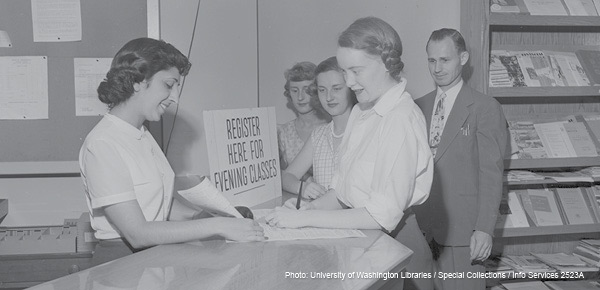
1940-1950
World War II Transforms and Expands Adult Education
Before the onset of World War II and in the months preceding the attack on Pearl Harbor, there were many requests for Extension faculty members to lecture on the international conflicts underway. During this time, home defense became a new topic addressed at lectures and proved to be popular, attracting more than 5,000 people. When the U.S. entered the war, the University Extension Services responded by providing classes to defense industry workers and correspondence courses to people serving in the armed forces, at home and abroad.
Adult education was prominent among the UW’s postwar educational objectives in anticipation that veterans – especially married veterans – would want to continue their education while working full-time.
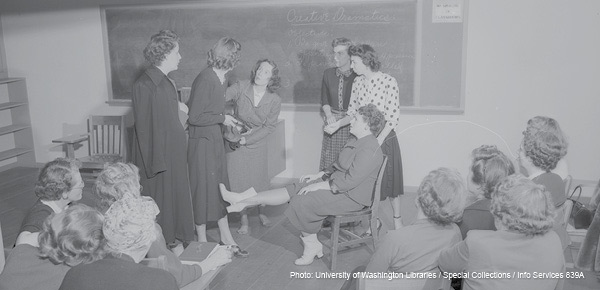
1950-1960
Booming Toward Future Growth
In 1951, the price for Extension classes increased to $5 per credit hour. Reflecting the climate of its home city, Extension began offering a course on rain in 1955. Enrollment in evening classes grew from 3,748 in 1947 to 20,120 by 1959.
The decade also brought changes in education and popular culture as an increasing number of homes and schools acquired a relatively new technology that would change how we live: television. The new medium allowed the Extension Services to air telecourses on KCTS-TV and supply study guides to people who wished to take TV classes for credit. These courses were in addition to programs offered on KUOW radio, licensed to the UW in 1951.
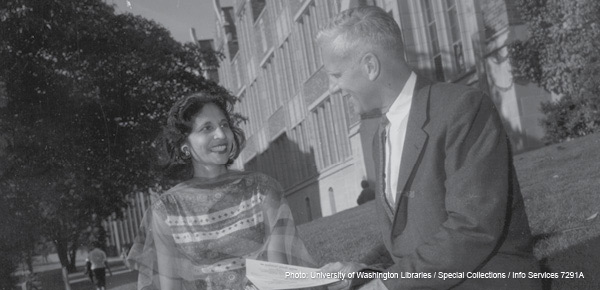
1960-1970
Continuing Education Comes of Age in Turbulent Times
Life in the 1960s began with hope and ended in volatility and an economic downturn. But despite the recession, the UW and Extension Services continued to expand. The department became the home for new programs, like Peace Corps training, added in 1962. The organization also reflected and responded to broader social trends, including the changing roles of women and the civil rights movement.
Additionally, this period produced growing liberal arts discourse from a philosophical angle. Lectures such as Foundations of Constitutional Liberty Today and The Quest for Utopia in Philosophy and Literature illustrated this new direction.
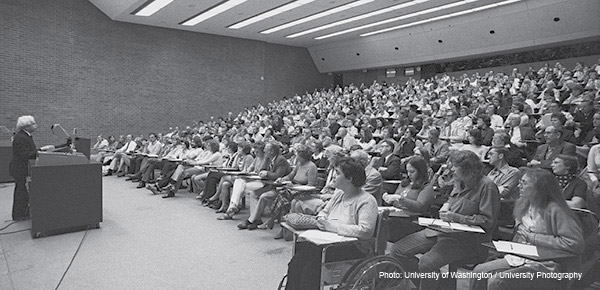
1970-1980
Explosion of Women's Studies and New Professional Courses
The Women’s Liberation Movement and changing ideas about women’s roles in society, family and workplace influenced significant shifts in America. A new vocational counseling service, known then as Women’s Studies, was introduced and later renamed Women’s Programs.
Along with a new service, Continuing Education adopted two new priorities: Broader inclusion to meet the needs of women and minority students, as well as validation of the professional and academic education provided by the organization. The founding goals to improve the citizenry and strengthen society would disappear within a few years.
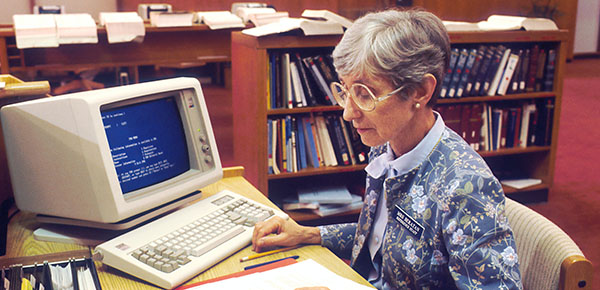
1980-1990
Recession, Recovery and Reinvention
As the youngest members of the Baby Boomer generation prepared to enter college in the early 1980s, their parents were looking for new career opportunities. Continuing Education updated its name to UW Extension and met the demand by introducing one-year certificate programs, which would become a hallmark offering. Certificates provided practical job skills in a fraction of the time it took to earn a degree and at a much lower cost.
In 1987, UW Extension launched seven certificate programs: Film and Video, The Training Specialist, Certified Employee Benefit Specialist, Paralegal Studies, Records Management, Data Communications and Microcomputers in the Workplace.

1990-2000
Keeping up With the Information Age
The emergence of personal computers in the 1980s sparked a revolution in how students could access, store, analyze and share information. In 1990, UW Extension added computer diskettes to the battery of supplementary learning materials used for distance learning. By 1994, students were corresponding with instructors and classmates via email and by 1998, courses started being delivered online.
Certificate programs were one of the strongest growth areas in the 90s, reflecting the revolution underway in information technology. By decade’s end, certificates included Web Content Development, Small Business Webmaster, Web Administration, E-Commerce and Web Marketing, and Web Database and E-Commerce Programming.
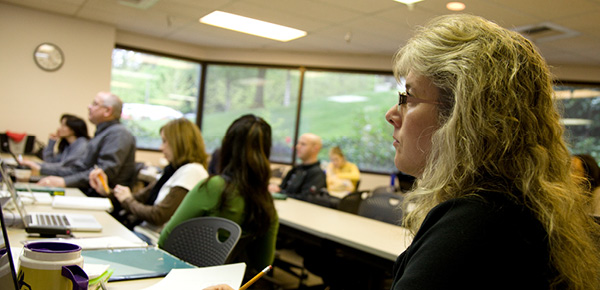
2000-2010
Introducing Interactive Web Services
As technological change has sped forward, educational offerings have kept up. In 2000, interactive web services began. The following year, UW Extension introduced 12 free online courses to the public, with topics ranging from HTML to Shakespeare.
In 2008, UW Extension took on a new name for a new decade, becoming UW Professional & Continuing Education (UWPCE), which is housed under the umbrella of UW Educational Outreach (UWEO). Evolving industry needs led to the development of new certificate programs, such as the introduction of iPhone Development in 2009 and Social Media Technologies and Implementation a year later. The number of students served by UWEO continued to rise throughout the recession, proof that keeping job skills current is vital no matter the economic climate.

2010-2020
Opening the Door to Opportunity
In 2010, online self-paced certificate programs in high-demand fields became part of UWPCE’s offerings, allowing students the flexibility to fit a certificate program around their lives. As UWEO’s programs continued to grow in 2016, Continuum College was adopted as the umbrella name for the organization, which houses all the programs and program lines within our portfolio.
To help break down barriers to continuing education at the UW, Continuum launched the UW Certificate Scholarship program in 2017. In the first year, the program made scholarships available for 10 low-income Washington residents by covering at least 80% of the course fees for select UWPCE certificate programs. Seeing an opportunity to impact lives, BECU and the Windermere Foundation partnered with the UW in 2018 to help expand the program.
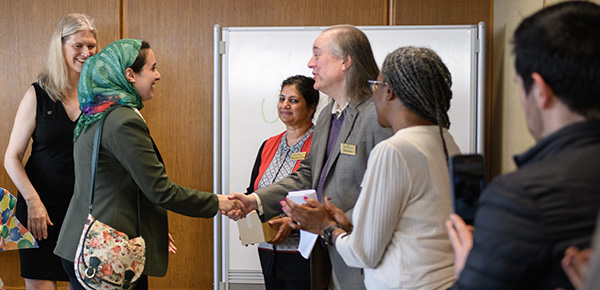
2020-TODAY
Leading the Way
In 2020, COVID-19 brought institutional change to Continuum College and across UW. Continuum moved its programs online via Zoom, opening the organization’s program portfolio to students outside Seattle and beyond.
Continuum is using learnings from the pandemic to push into new spaces and increase access to the UW. In 2023, Continuum launched a new program line, UW specializations. Crafted to allow adult learners to fit world-class education into their busy lives, these new online programs give students specialized skills to help them stand out in the job market and make a greater impact in today’s changing professional landscape.